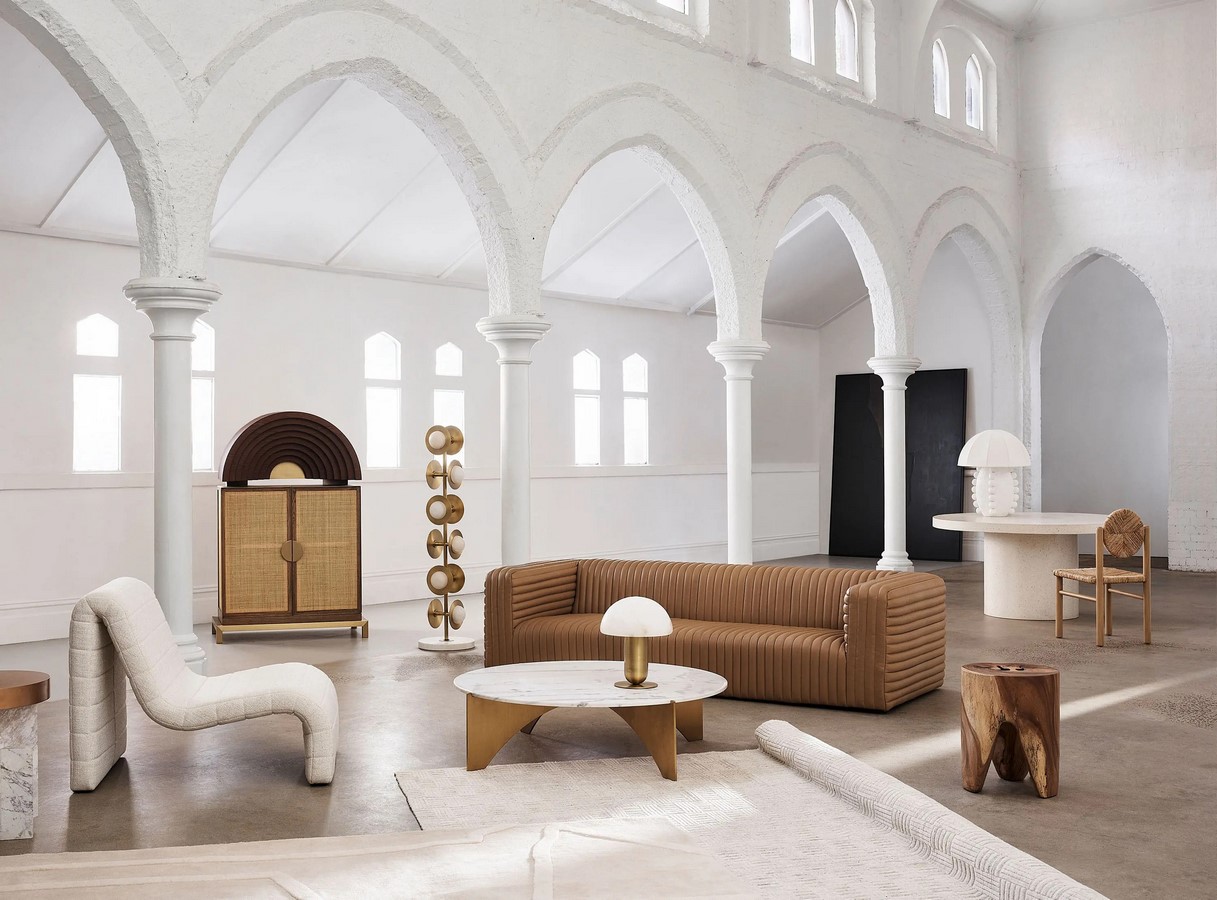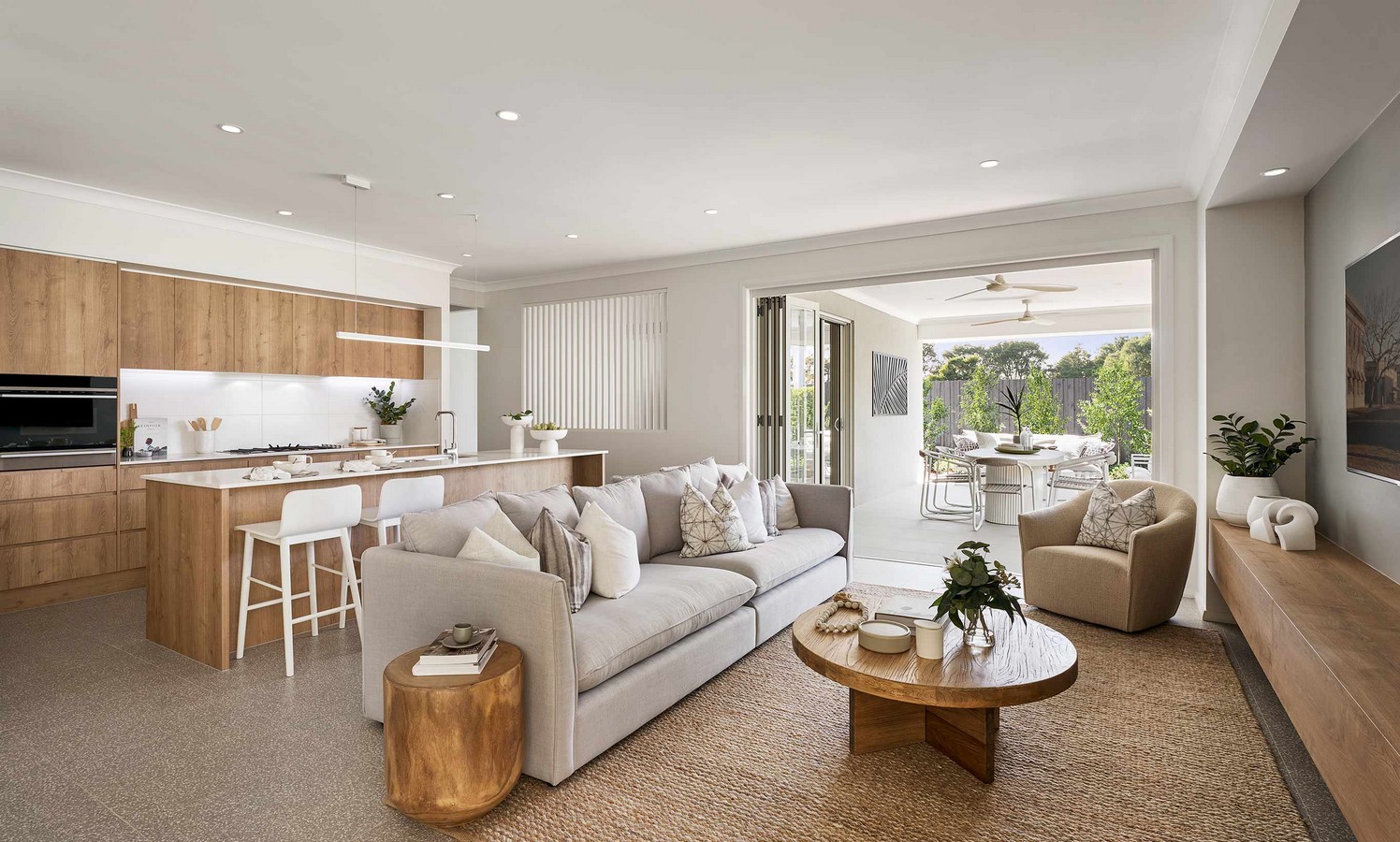The key to great design is capturing the spirit of the client and the essence of the space – Candice Olson.
Interior design is the process of enhancing the interior of a structure to attain a space that is safe and aesthetically pleasing. Diversity and Inclusion are important aspects of interior design and architecture. Although most times, diversity and inclusion are used interchangeably, they both denote different meanings or importance to Interior design. Diversity is the different ways in which one person differs from the other for example, in terms of characteristics, culture, and experiences while Inclusion on the other hand is creating a system where people are considered important regardless of their experience or background. When designing, professional interior designers tend to follow a set of rules that are based on interior design principles and elements which include, space, line, forms, light, color, texture, and pattern. At the same time, interior designs also ensure the creation of a space that’ll be pleasing. During this design stage, it is also essential to include diversity, equity, accessibility, and inclusion to create a space that’ll be accommodating to all.

How can diversity and inclusion be infused into the seven elements of interior design?
Form
Form is generally referred to as both the overall shape of features within a room and the decor of the room. The key to form in interior design is balance and natural shapes. Forms can be of natural shapes and geometric forms. Natural shapes are genuine and irregular and also have curvy or abstract shapes. Geometric forms have sharp, man-made lines and edges. Using the right balance of natural shapes and geometric forms is essential when designing a room. To infuse inclusivity and diversity, furniture should be arranged to allow for easy movement and accommodation of various mobility needs. Also, different seating options should be provided to cater to various comfort preferences.
Space
‘Space’ refers to the physical space/distance between and around furniture and objects within a room. There are two types of physical space. Positive space is the space within the room filled with furniture while negative space is the space that is empty within the room. Striking a balance between positive and negative space is very important to avoid overcrowding. To promote inclusivity, spaces should be designed to accommodate various activities within the room. Universal design principles should be considered in interior design to ensure that spaces are accessible to people of different abilities and ages.

Lines
To practice diversity and inclusion in interior design, lines should be used to guide the flow of movement. Pathways should be wide enough to allow for easy movement of individuals, especially those who use mobility aids. Lines are considered physical pathways that guide the eyes to a focal point and help shape a room. Lines are of various types; this includes horizontal, vertical, and dynamic lines. Horizontal lines make a room appear longer and wider and can be found on tables or chairs. Vertical lines, often created, are features found on windows and doorways. Dynamic lines, which for example are diagonals and zigzags, add a captivating element to the space. Interior designers believe that horizontal lines create a sense of security while vertical lines are bold and expressive.
Lights
Artificial and natural light are important to the design of a room. Light has a unique relationship with other elements; without light, the design of the room wouldn’t shine to its full potential. Natural light can be determined by the direction in which the building or the room faces as the source of natural light is sunlight. Artificial light which includes lamps, and ceiling lights is also important and not just used for aesthetic purposes only. They brighten the room in the dark. Light sets the mood of a space. Both artificial and natural light needs to be incorporated to accommodate different visual needs. The level of lighting should be appropriate for everyone.
Texture
Texture is of two parts, visual and actual texture. The visual texture just as the name sounds is the impression obtained just by viewing the object alone while actual textures can be felt or seen. Texture is an important aspect of interior design as it adds depth, interest, and sensory appeal to a space. Materials with appealing visual characteristics should be selected. In another way, if necessary, materials that have culturally significant values should be used to promote inclusivity.
Color
When deciding the color of a room in interior design, the use or purpose of the room will first be known as well as the activities that will be done in the room. Also, the effect of natural or artificial light will be considered. The size of the space also determines the choice of color for the room. Using brighter colors in smaller spaces gives the illusion of more space. Color brings a room to life and sets the atmosphere right. Colors schemes that are accommodating should be used to promote inclusivity.

Pattern
Pattern adds interest and light to a room. it accentuates the appeal of a room. It is usually created by the use of repetitive designs that can be found on wallpaper, rugs, or fabrics. Patterns should be used carefully to avoid causing sensory discomfort for the users of a space.
Conclusion
Current global changes in the world such as climate change, and population growth are issues that need to be addressed and also are factors that call for interior designers to develop alternative, better approaches to their design process, and as such, inclusive design is employed.
References:
Amanda Schenider (2020). Diversity & Inclusion in the Interiors Industry: The Most Important Issue We’ll Ever Tackle. [online]. (Last updated: July 8, 2020). Available at: https://interiordesign.net/designwire/diversity-and-inclusion-in-the-interiors-industry-the-most-important-issue-we-ll-ever-tackle/. [Accessed date: 03/08/2023]
Jamali, Murtaza (2021). Interior Designing (Introduction to Interior) A Short Document – Basic Descriptions of the Components of Interior Designing. 10.13140/RG.2.2.16511.33448.
Robert Nieminen (2020). Here’s why the design industry lack diversity and how to change it. [online]. (Last updated: Jan 31, 2020). Available at: https://www.iands.design/interior-design/design/article/10168355/heres-why-the-design-industry-lacks-diversity-and-how-it-will-change. [Accessed date: 05/08/2023]
Sarah Warwick (2021). The 7 elements of design – and how to use them in your interiors. [online]. (Last updated: Feb 11, 2021). Available at:https://www.homesandgardens.com/news/7-elements-of-design. [Accessed date: 03/08/2023]














